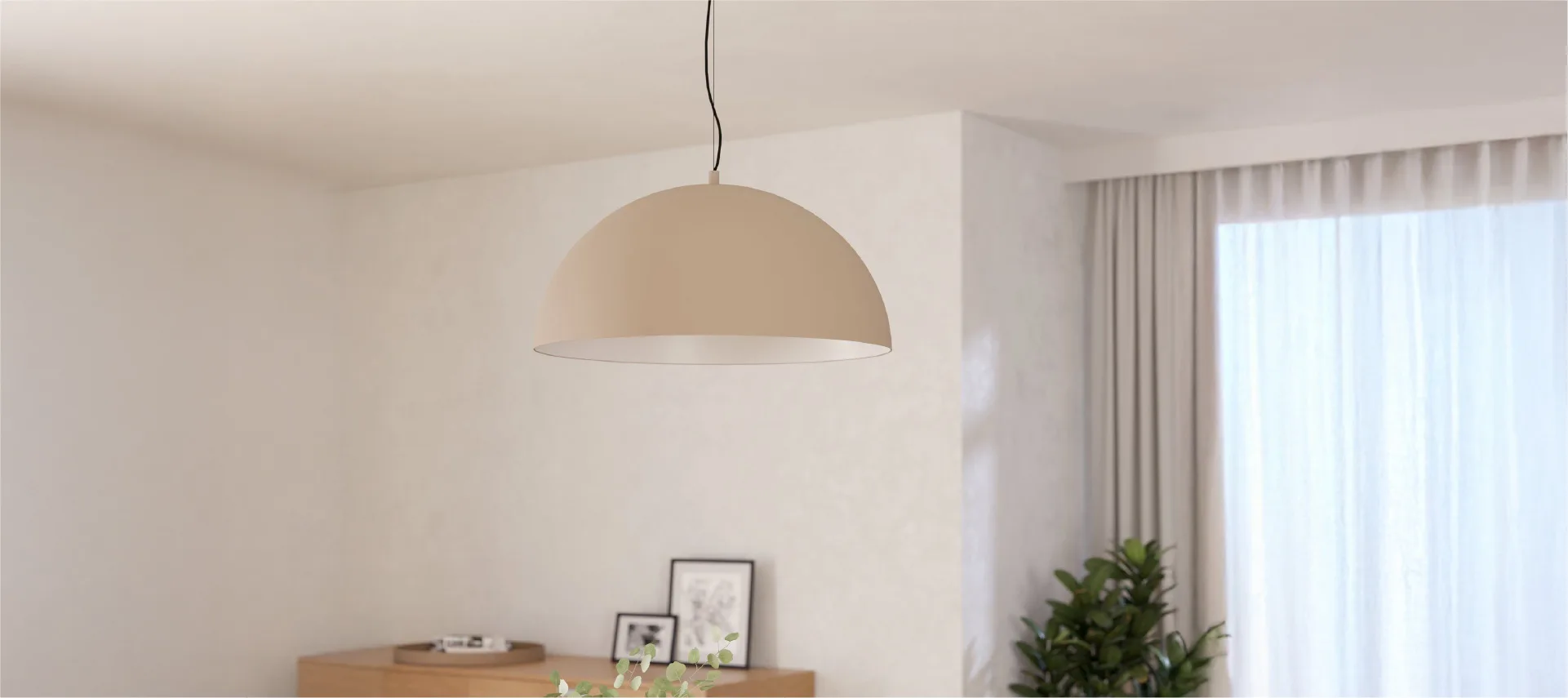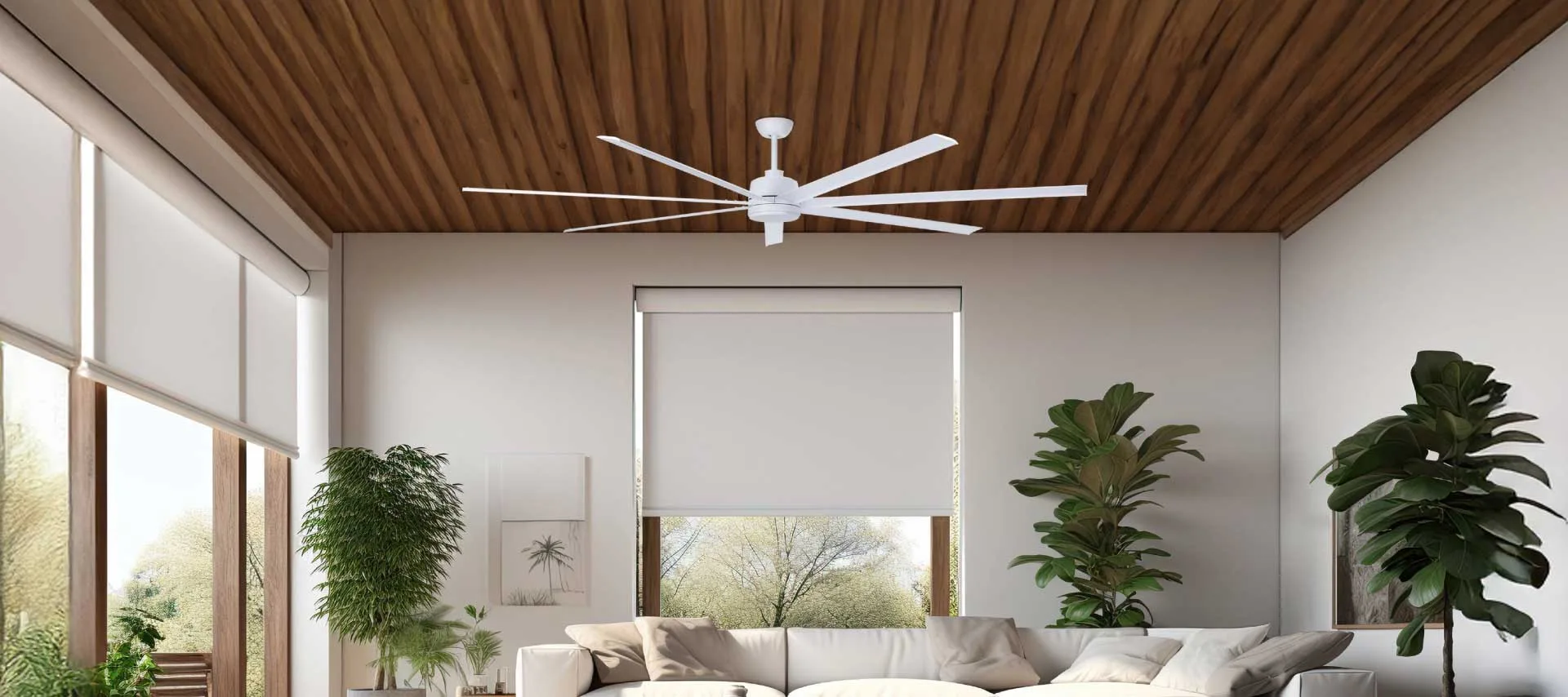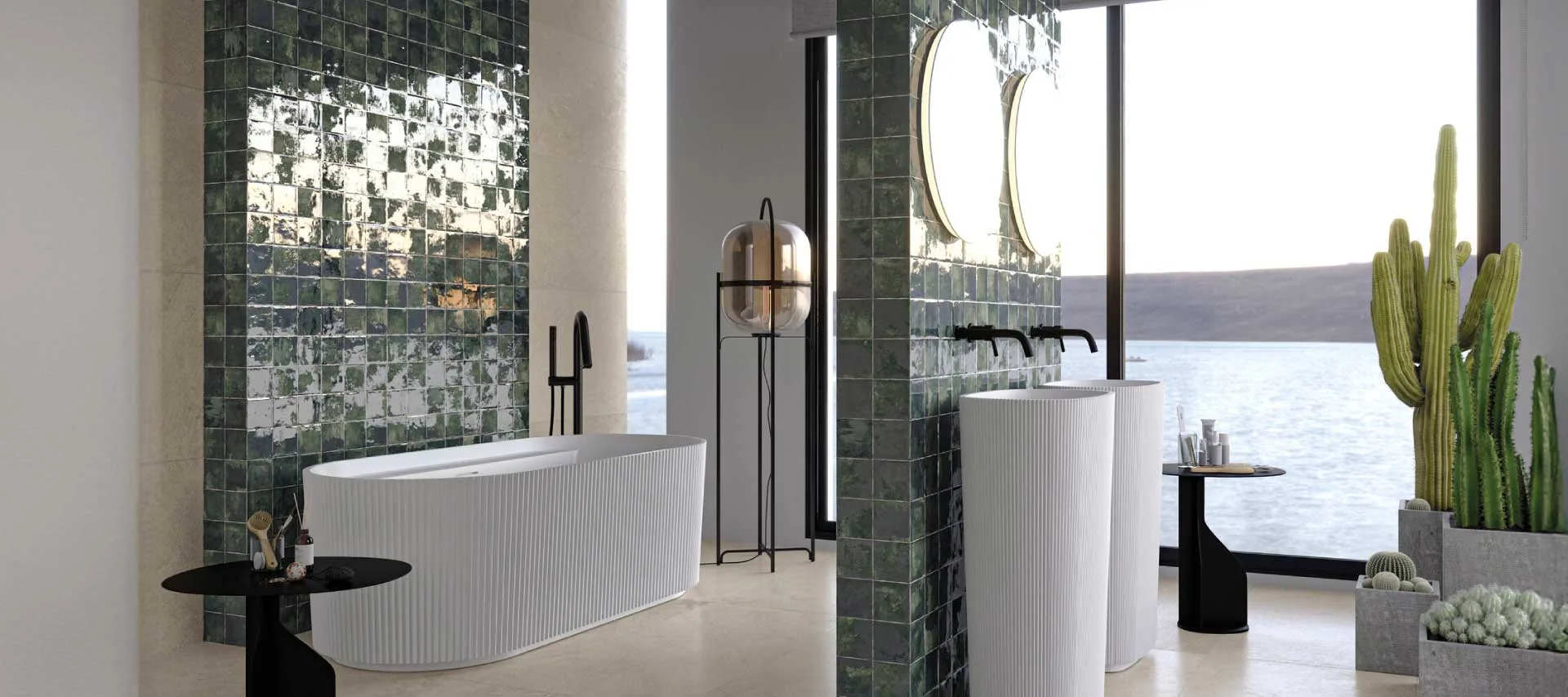Lighting is an essential element of any space, not just for its functional role but also for the atmosphere it creates. Whether you’re illuminating a living room, kitchen, or bathroom, choosing the proper light fixtures can significantly impact both the look and feel of a room. In addition to aesthetics and functionality, it’s equally important to consider the environmental factors that may affect the longevity and safety of your light fixtures. One critical aspect to understand when selecting lighting is the IP (Ingress Protection) rating, which determines how well a light fixture can withstand dust, moisture, and other environmental elements.
In this article, we will discuss how to choose the right light fixtures for various spaces and why understanding the IP rating is crucial for the longevity, safety, and efficiency of your lighting.
Factors to consider when choosing light fixtures
Choosing the right light fixtures for your home or office goes beyond picking a pretty design. It’s essential to consider how the lighting fits into your space’s purpose, style, and practicality. Here are some key factors to keep in mind:
1. Purpose of the lighting
Before purchasing a light fixture, think about the primary purpose of the light. Lighting can be categorized into three types: ambient, task, and accent.
- Ambient lighting: This is the general lighting in a room. It provides a uniform light level and is the foundation for any lighting scheme. Ceiling-mounted fixtures, chandeliers, recessed lights, and pendant lights are common choices.
- Task lighting: Task lighting is used for specific activities such as reading, cooking, or working. Desk lamps, pendant lights over kitchen counters, or under-cabinet lighting are ideal for task-oriented areas.
- Accent lighting: Accent lighting highlights specific features, such as artwork, architectural details, or plants. It adds drama and depth to the space. Track lighting or spotlights are great examples of accent lighting.
Understanding the role of each lighting type in your space helps ensure you select fixtures that serve both functional and aesthetic purposes.
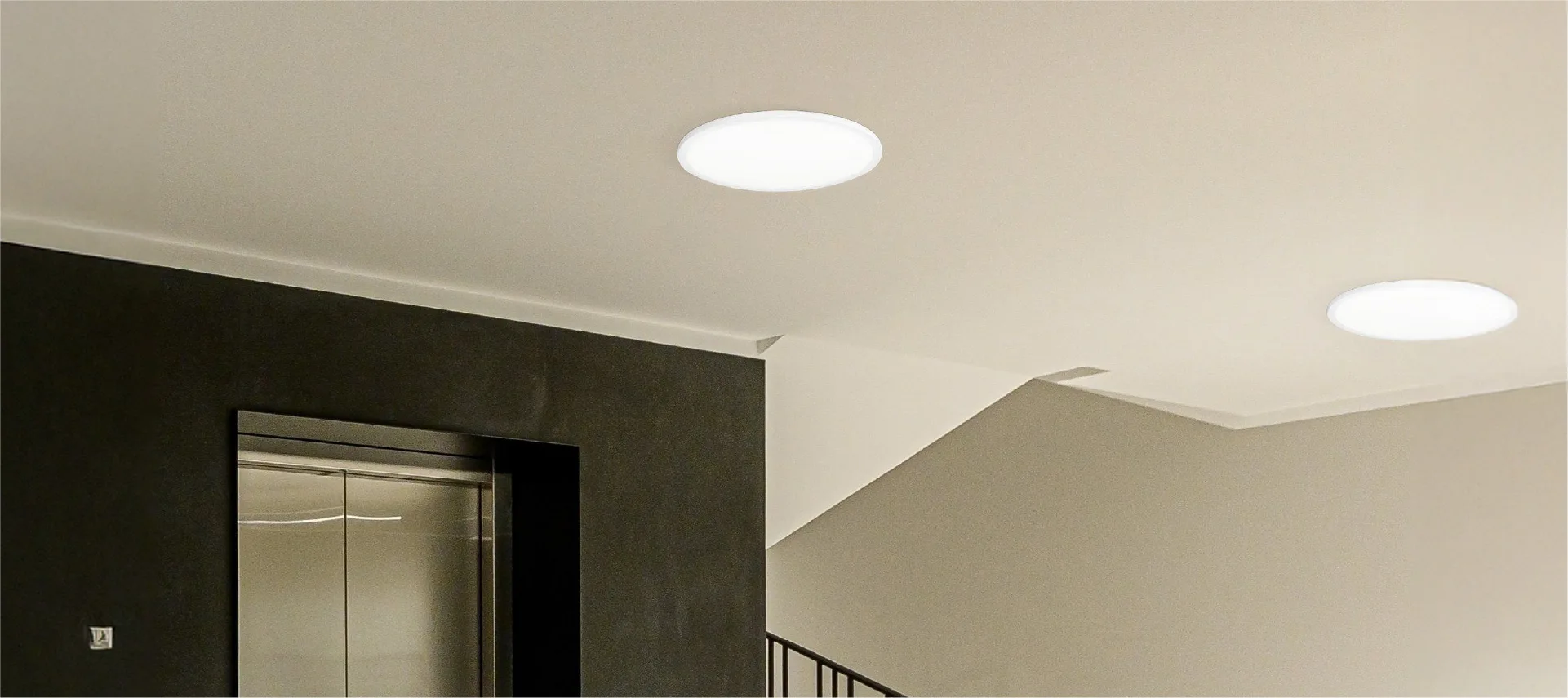
2. Style and Design
The design of the light fixture should align with the style of your interior design. Whether your home features a modern, traditional, industrial, or rustic look, there are endless options for light fixtures in various styles, materials, and finishes.
- Modern lighting: If your space is contemporary, choose fixtures that have clean lines, geometric shapes, and minimalistic finishes. Metals like chrome, brushed nickel, or matte black tend to work well.
- Traditional lighting: For a classic look, go for fixtures with ornate designs and materials such as brass, copper, or vintage glass.
- Industrial lighting: Industrial spaces often feature fixtures made from raw materials such as exposed bulbs, steel, or matte finishes to create a more rugged, utilitarian look.
Matching your lighting fixtures to the room’s overall design can enhance the visual appeal and create a cohesive atmosphere.
3. Energy efficiency
Energy efficiency is an important consideration in today’s eco-conscious world. LED lights are the most energy-efficient lighting option available. They use significantly less energy than incandescent or fluorescent bulbs and last much longer, which makes them more cost-effective in the long run. When selecting light fixtures, check if they are compatible with LED bulbs, or if they come with built-in LED lights.
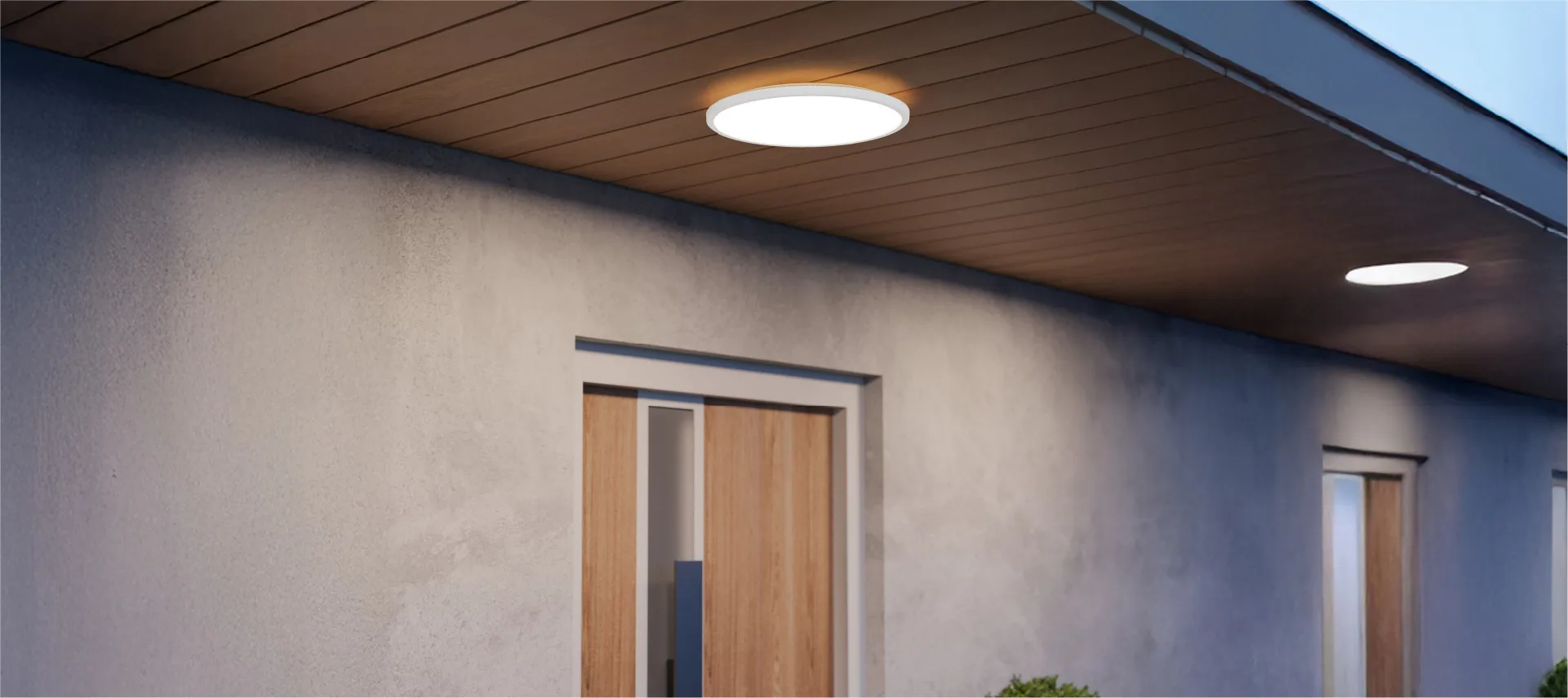
4. Size of the fixture
The size of the light fixture should be proportionate to the size of the room or area it will illuminate. For example, large chandeliers work well in grand dining rooms or living rooms, while smaller pendant lights are ideal for more compact areas like kitchens or bathrooms. The light’s size should not overwhelm the space but instead complement the room’s dimensions and design.
Understanding IP ratings and their importance
In addition to style, functionality, and energy efficiency, one crucial aspect to consider when selecting lighting fixtures is their IP (Ingress Protection) rating. The IP rating determines the level of protection a fixture has against dust, dirt, moisture, and other environmental elements, which is especially important for outdoor or damp areas such as bathrooms and kitchens. The IP rating system is denoted by two digits: IPXX, where the first digit represents protection against solid particles (such as dust) and the second digit represents protection against moisture.
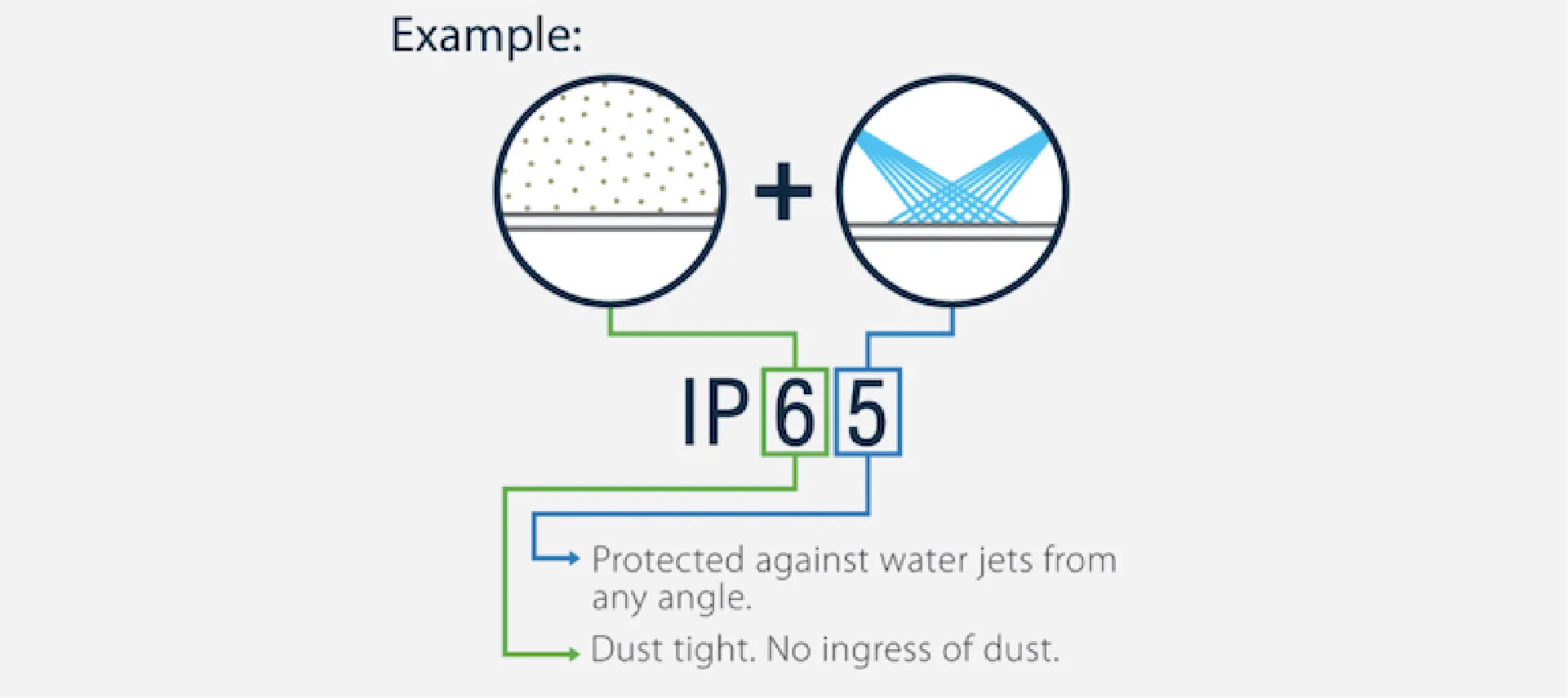
First digit: Protection against solid objects (Dust)
The first digit in the IP rating indicates the level of protection against solid objects. The range goes from 0 to 6, where:
- IP0X: No protection against dust or other objects.
- IP1X: Protection against objects larger than 50 mm (e.g., hands).
- IP2X: Protection against objects larger than 12 mm (e.g., fingers).
- IP3X: Protection against objects larger than 2.5 mm (e.g., tools, wires).
- IP4X: Protection against objects larger than 1 mm (e.g., small wires).
- IP5X: Protection against dust (no ingress of dust that would affect the fixture’s operation).
- IP6X: Complete protection against dust (no ingress at all).
If you’re placing lights in dusty or industrial environments, consider fixtures with higher first-digit ratings (IP5X or IP6X) to ensure that dust and dirt won’t compromise the fixture’s functionality.
Second digit: Protection against water and moisture
The second digit in the IP rating indicates the level of protection against moisture, which is especially important for fixtures used in areas like bathrooms, kitchens, or outdoors. The range goes from 0 to 9, where:
- IPX0: No protection against moisture.
- IPX1: Protection against vertically dripping water.
- IPX2: Protection against water dripping at an angle of up to 15°.
- IPX3: Protection against spraying water at an angle of up to 60°.
- IPX4: Protection against splashing water from all directions.
- IPX5: Protection against water jets from any direction.
- IPX6: Protection against powerful water jets (e.g., heavy rainfall).
- IPX7: Protection against immersion in water up to 1 meter for 30 minutes.
- IPX8: Protection against immersion in water deeper than 1 meter (for extended periods).
For bathrooms or other high-moisture areas, an IP rating of IP44 or higher is generally recommended. For outdoor or exposed environments, look for fixtures rated IP65 or higher to withstand exposure to rain and outdoor elements.
Why IP ratings matter
Understanding the IP rating is vital because it ensures the safety, durability, and functionality of the lighting fixture. Choosing a fixture with an appropriate IP rating protects it from damage due to environmental factors, prolongs its lifespan, and ensures the safety of your home or workplace. For instance, using non-waterproof lighting in a damp environment can lead to electrical issues or short circuits.
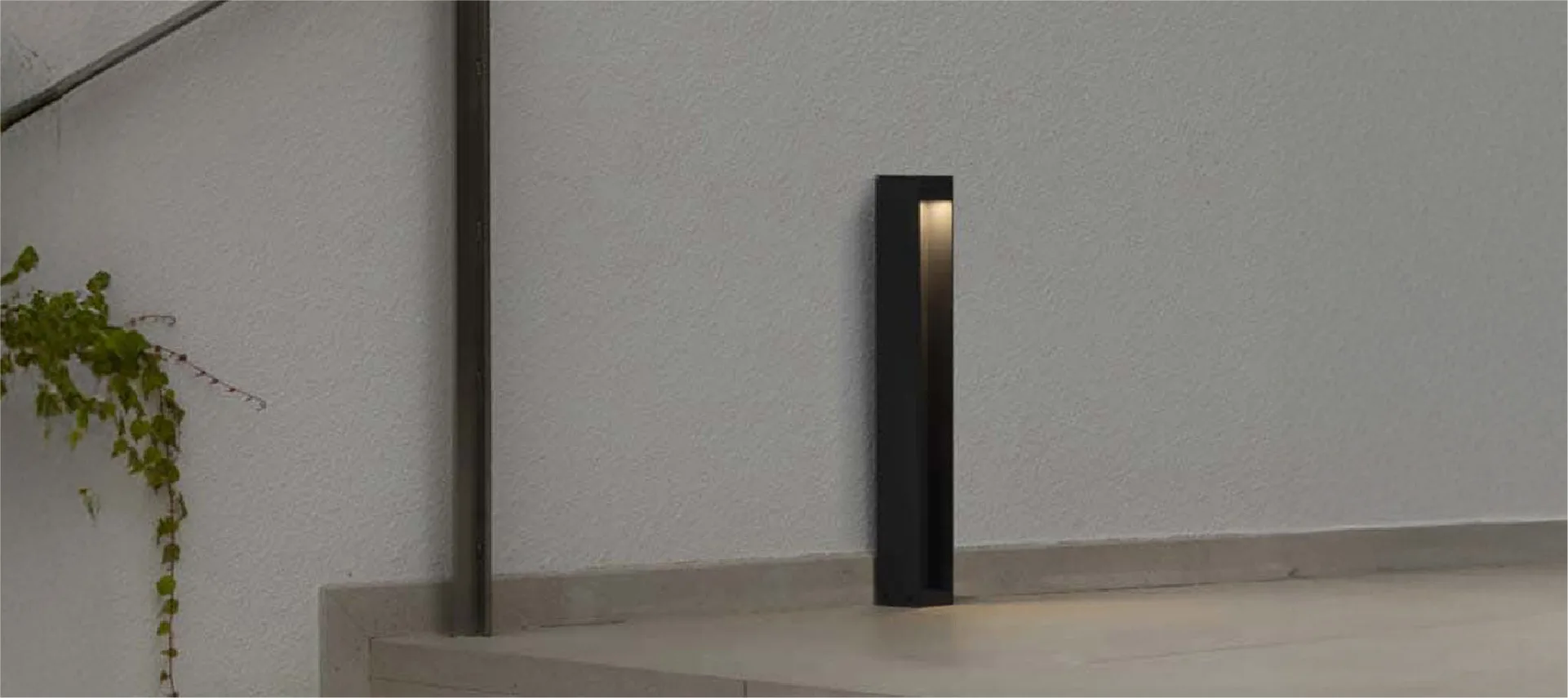
Conclusion
Choosing the proper light fixtures for your space requires considering the purpose, style, size, and energy efficiency of the fixture. However, understanding the importance of IP ratings is equally critical, especially when installing lights in areas prone to dust, moisture, or outdoor elements. By paying attention to the IP rating and selecting the right fixture, you can ensure that your lighting is not only functional but also durable, safe, and long-lasting. Whether you’re enhancing the ambiance of your living room or ensuring safety in your bathroom, choosing the right light fixture with an appropriate IP rating is key to creating a beautifully lit and secure environment.
Looking for the right light fixtures? Explore our selection online or visit Maurema Home at PinPoint. Get expert tips and discover durable, IP-rated lighting options.

